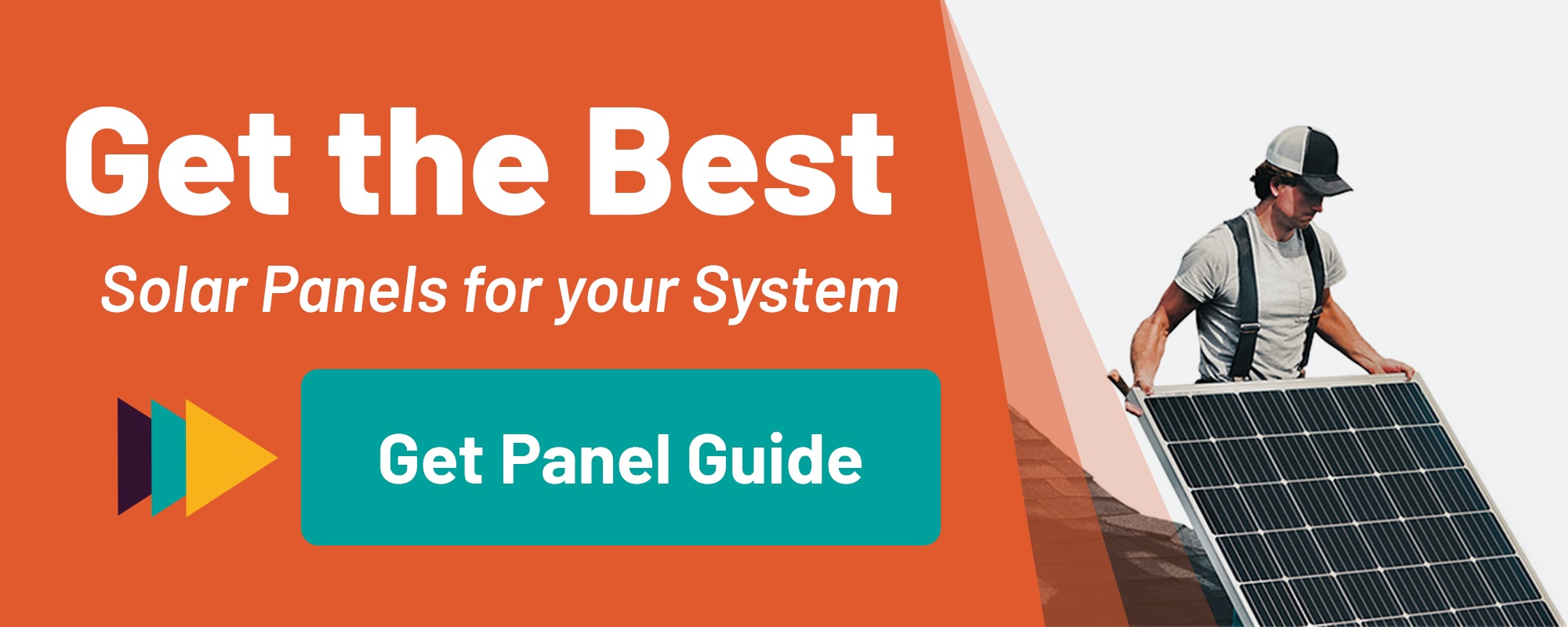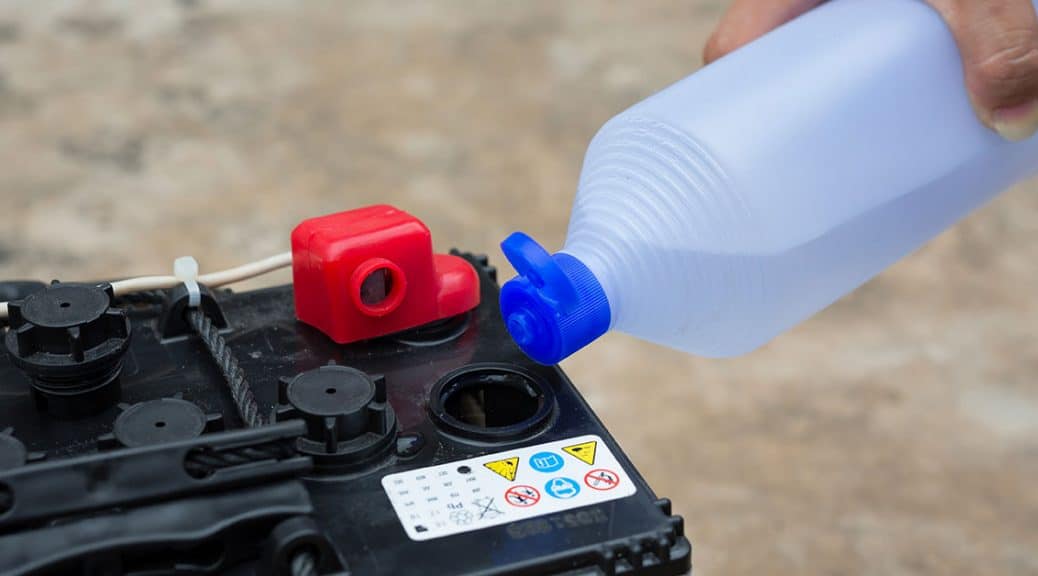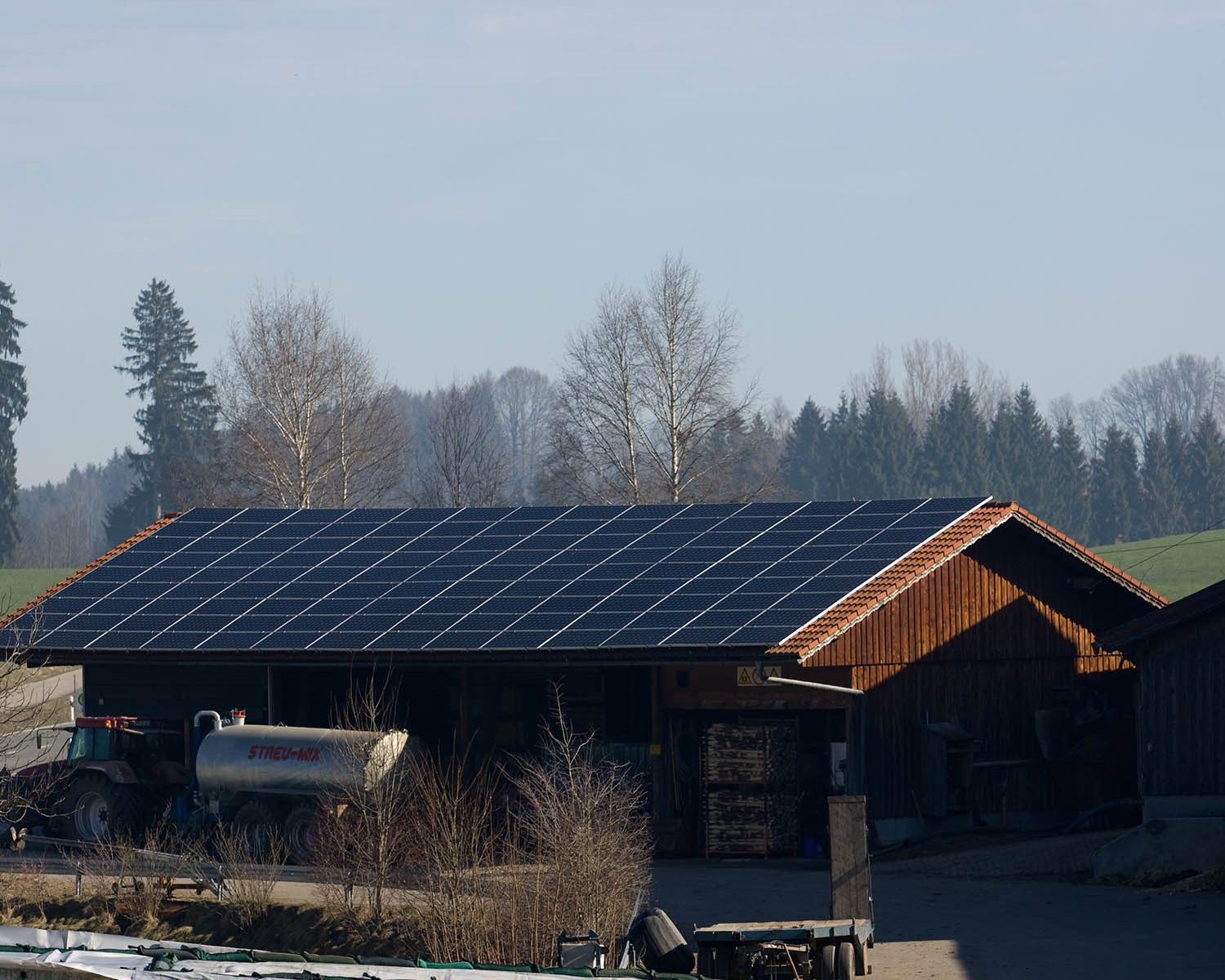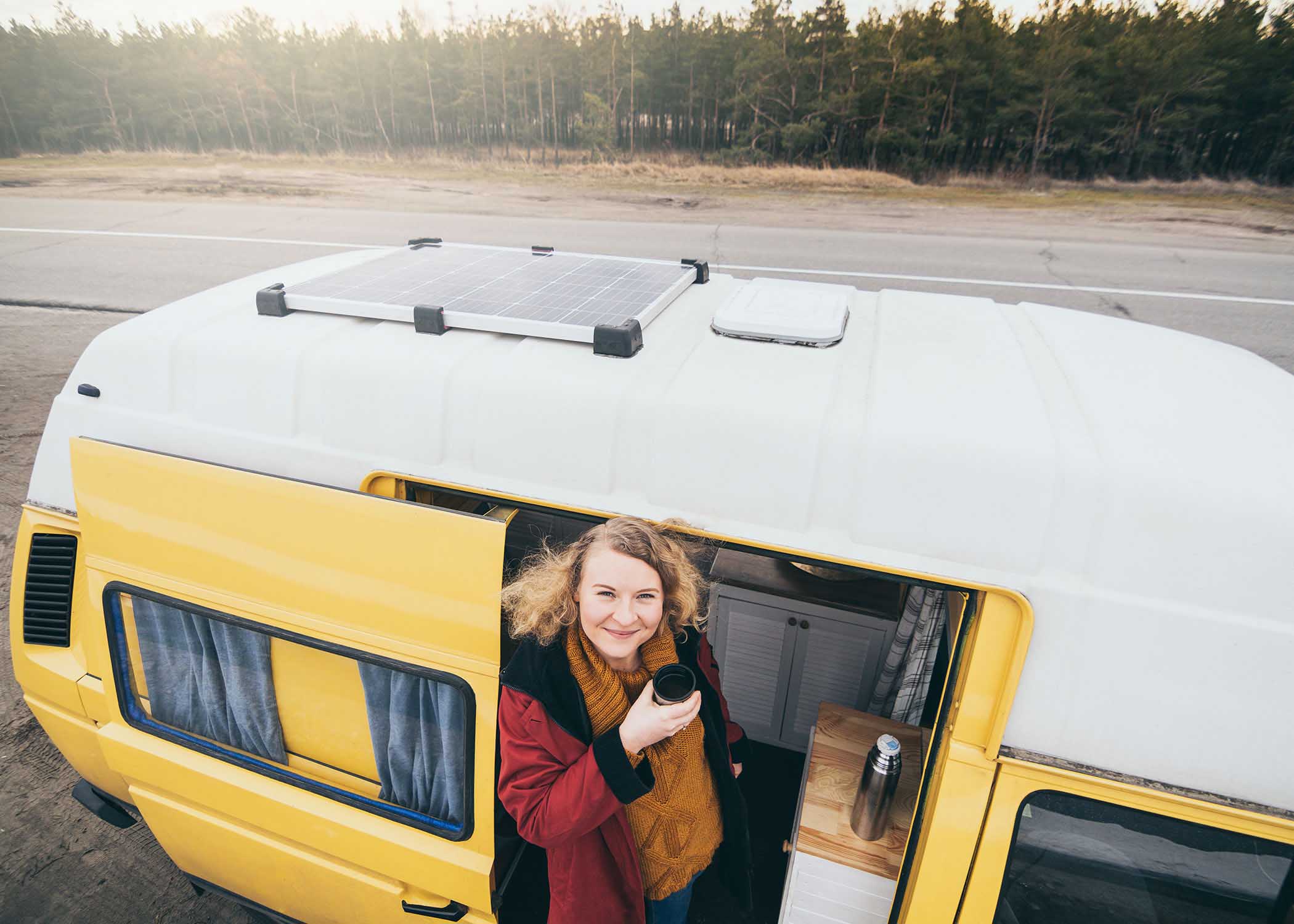Quick Review: Tesla Solar Roof
Tesla’s sleek, eye-catching Solar Roof looks amazing and will make you the envy of your block. You’ll have to pay more for a full roof replacement—not to mention the premium for the Tesla brand name. Those costs eat into the value of your investment into solar. But if you don’t mind ponying up, Tesla backs its new product with a generous 30-year warranty.
Tesla’s Solar Roof is finally making its way to consumer homes. Ever since the product reveal nearly two years ago, people regularly ask us whether the Solar Roof is a sensible way to go solar.
We decided to weigh the pros and cons of Tesla’s latest offering to see whether it lives up to the hype.
Production of the Tesla Solar Roof has been limited, and prices are still sky-high to capitalize on new release hype. We love the design, but we need to see a steep price drop – and proof the product is reliable – before recommending it as a sound investment for the average residential consumer.
The Basics
What makes the Solar Roof unique? In a conventional setup, solar panels are housed in a dedicated module, which is then attached to a roof or installed elsewhere on your property. In contrast, Tesla’s Solar Roof is a rooftop with solar panels embedded directly into the shingles.
The solar array isn’t a separate unit installed on top of your roof – rather, it is your roof.

Each shingle is a discrete solar panel. A percentage of the panels are solar-enabled, while the rest are “decoy panels.” The non-enabled panels look the same to maintain a uniform aesthetic. Customers can determine what percentage of panels they need to enable them to meet their energy needs.
Are You on the List?
Tesla loves to build hype around their products long before they hit the market, and the Solar Roof is no different. After announcing the concept in October 2016, Tesla CEO Elon Musk tested the first trial installation in his home in Q2 2017. (Isn’t it nice to be the boss?)
The publicity generated intense interest from consumers, who rushed to sign up on the waitlist for residential installations. It took less than three weeks after sign-ups opened for Tesla to sell out their stock through the end of 2018.
Now, we’re getting our first look at what a completed installation looks like in a residential setting. YouTube channel E For Electric tracked down Tri Huynh, one of the earliest adopters of the Tesla Solar Roof, to speak with him about the installation process.
Huynh applied to install a Solar Roof for his home as soon as the announcement was made. He said it took well over a year for Tesla to contact him to conduct a site survey. After screening his eligibility, Tesla warned it would be another year for production to finish before proceeding with the installation.
Huynh didn’t mind the wait. His home already needed a new roof, and as an early adopter of new technology, he was willing to hold out until the Solar Roof hit the market. He put down the $1000 deposit to hold his place in line.
Tesla finally met with Huynh for a site survey early this year. Two solar techs spent a day evaluating his property, even flying a drone above his house to take aerial pictures.
Shortly after that, Tesla deployed a team of 20 workers to perform the install. It took about two weeks to complete, although rain added delays to the process.
The size of the workforce and install time both seem excessive to us. But the Solar Roof is a new product, and Tesla wants to get it right. We expect that process to be streamlined as they work out the kinks.
Evaluating the Pros and Cons of the Tesla Solar Roof
Tesla is a company with a certain mystique about them – people get super excited about every announcement they make. So it comes as no surprise that people constantly ask us what we think about the new Solar Roof.
We wanted to take a deep dive into what we know about the Solar Roof to help you determine whether it’s a viable option for your needs.
First, a quick summary of the pros and cons:
Pros
- WOW FACTOR. It’s gorgeous – no blocky solar panels jutting out from your roof.
- DURABILITY. Solar Roof panels received the highest possible hail, wind and fire resistance ratings.
- WARRANTY. The 30-year warranty goes beyond the industry standard. There’s also a lifetime tile warranty to cover physical damage.
- EARLY ADOPTION. Who doesn’t love to be the first to get their hands on new tech?
Cons
- EXPENSIVE. The Solar Roof costs about 4 times as much as a DIY solar installation. You pay a steep premium for the Tesla brand.
- THE WAITING GAME. The first residential customers spent over a year on the waitlist before their Solar Roof was installed.
- UNRELIABLE. More discrete parts means more chances for hardware to fail. Past iterations of the solar shingle design were notoriously high-maintenance.
- POOR ROI. Paying more for Tesla-branded eats into your investment.
Let’s take a deeper look.
Pros
Slick Design
First and foremost, the Solar Roof looks amazing.
It’s designed to be indistinguishable from a roof built out of traditional materials. Looking at pictures of the Solar Roof, I wouldn’t have guessed there were solar panels built into this rooftop unless you pointed it out.
Tesla will offer 4 different tile designs to match the style of your home. The panels come in textured, smooth glass, Tuscan, and slate designs, which rival the appeal of their asphalt counterparts.
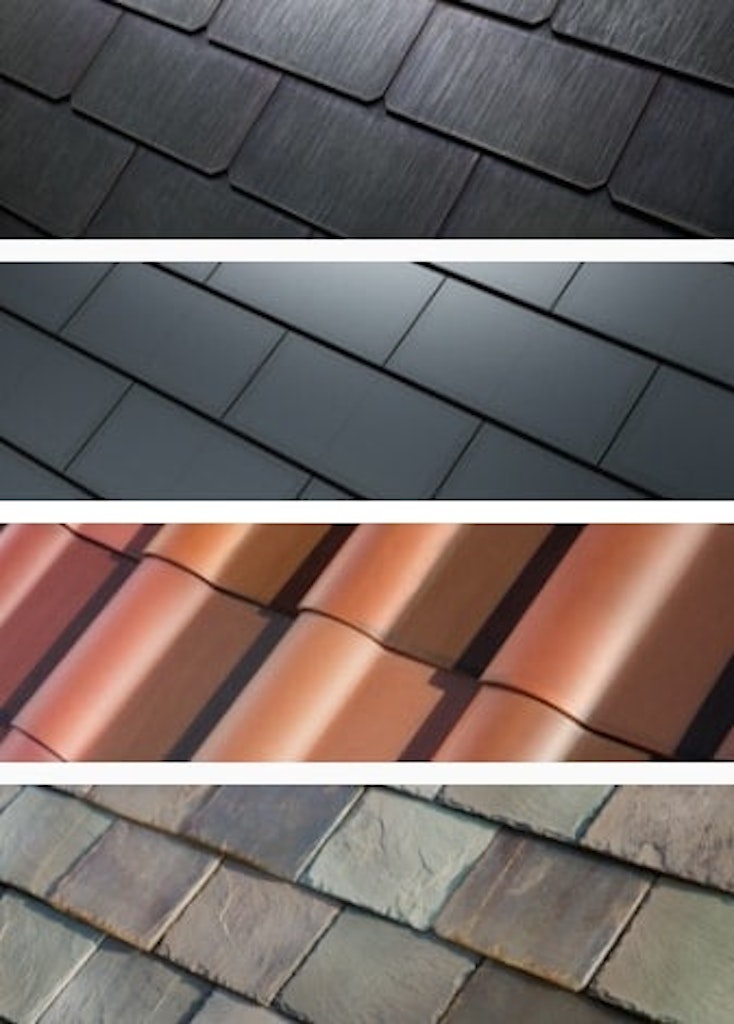
Durability
Tesla claims the Solar Roof tiles are three times stronger than traditional roof tiles. This claim is backed by standards tests conducted by ANSI, ASTM, and UL, which conduct standards tests for (respectively) hail, wind, and fire resistance. Tesla’s tiles received the highest possible marks in all three categories.
The Envy Factor
This is the hardest to quantify, but it can also be the strongest motivator for people willing to make a huge investment into an exciting new product like this.
Before the price drops and the product becomes more widely available, it’s an awesome feeling to be part of the exclusive club that has access to cutting-edge technology before anyone else. Think of the first time you saw someone flying a drone – or driving a Tesla car on the street, for that matter. It evokes a natural sense of awe and curiosity.
The Solar Roof is no different. Huynh said that his neighbors regularly stopped by to chat during the installation, and most couldn’t resist lingering to ask questions about the newest Tesla product.
People are naturally drawn to innovation, and early adopters get a rush from riding the first wave of new technology.
(Mostly) Generous Warranty
The Solar Roof is covered under a 30-year warranty for power and weatherization. The power warranty covers the output capability of the solar arrays. The weather warranty protects against failure as a result of water damage or other weather effects.
30 years eclipses the standard coverage for most solar arrays on the market, which typically offer a 25-year warranty. The extra 5 years may be a selling point to counteract the hesitation early adopters have when investing in an unknown product. With no established track record, there’s no guarantee the product life won’t be shortened by a major design flaw down the road. The 30-year warranty may help alleviate those fears.
Tesla also offers a lifetime tile warranty, which covers physical damage to the glass in the tiles. If one of the glass panels ever breaks, even after the 30-year period, it will be covered under the lifetime warranty.
However, this doesn’t quite tell the whole story. Most traditional solar panels come with a 25-year power warranty and a 10-year workmanship warranty. If your array breaks down due to product defects, you’re covered for 10 years.
It’s not clear whether Tesla’s warranty covers the same ground:
Our tile warranty covers the glass in the tiles. The power warranty covers the output capability of the solar tiles. Weatherization means that there will be no water leaks or other weather intrusions during the warranty period that result from our installation.
-Warranty info from the Solar Roof product page
There’s no mention of a workmanship warranty, except as it relates to weather intrusions. So if your system fails due to faulty wiring, bad connectors, or a broken junction box, you might end up paying for it out of pocket.
Tesla’s warranty is longer than the industry standard, but the extent of coverage may leave something desired.
Cons
There’s no doubt the Solar Roof is an innovative product. There’s nothing on the market that competes with it right now. That said, a handful of prohibitive factors would stop us from recommending it to a majority of hopeful buyers.
Steep Up-Front Cost
Let’s get The Big One out of the way: it needs to replace your existing roof for the Solar Roof to be financially viable. And even then, building a traditional roof with a dedicated solar array is a more efficient investment.
When Consumer Reports ran the numbers on the cost to install a Solar Roof, they estimated a typical installation might set you back $73,500 for a 3,000-square-foot roof.
Compare that to our discrete solar modules. A package for the same sized home might run one-third to one-quarter of that cost to install on your rooftop, depending on the energy output.
Even if you paid for a brand-new roof and then built a solar array on top of it, you’d come out spending much less. EnergySage estimated a 33% price premium on the Solar Roof compared to building a traditional asphalt roof + solar array.
As you can see, the majority of the installation cost of the Solar Roof comes doesn’t come from adding a solar array. It comes from building an entirely new roof, which is a much steeper investment. And Tesla hopes to upsell you on roofing costs based on their strong brand capital.
Low Return on Investment
But let’s say the stars align. You’re in the market for a brand new roof, and you’re looking to go solar as well.
The Consumer Reports analysis couldn’t conclusively state it would be a good investment even under these ideal circumstances.
For a two-story home in Texas, where the A/C might run 300 days a year, the $73,400 in tax credits and energy savings fall short of the $86,100 cost to install the Solar Roof. In that scenario, the homeowner would find themselves $12,700 in the hole. Even with substantial energy savings, they would actually lose money over the life of the warranty.
Things look slightly brighter for a small ranch-style home in sunny California, where energy costs are sky-high. Consumer Reports estimated a $56,800 Solar Roof might earn the owner $41,800 in net savings over the system’s life.
That’s not bad, but it’s still a far cry from a traditional PV system, which can pay for itself 2-3 times over during the life of the warranty.
The premium you pay for Tesla-branded roofing materials eats into most, if not all, of the money you save from reduced energy bills. The end result is that it takes ideal circumstances to break even on the investment.
One of the main selling points for solar is its viability as a long-term investment. It’s not uncommon to see a 200-300% return on investment from a traditional solar array.
Since the install cost is substantially lower, the average payoff period is much shorter. Investing in a traditional solar array can net you a healthy profit in the long run.
With the Solar Roof, Tesla aims to upsell a product you don’t need (a new roof), eating away at the value of your investment into solar energy.
In terms of the time value of money, it’s crazy to invest $70,000 for 30 years to see little to no return. There are better ways to put your money to work for you.
Availability
Even if you need a new roof, we’re operating under the assumption that the installation will even be available to you. As it stands, you’ll need the leeway to plan the installation far in advance, as people have already been on the waitlist for the Solar Roof for over a year.
If you’ve already decided you need to replace an old roof, you may not have time to wait to get started. The need to replace leaks or structural damage is likely too urgent for you to hold out on the waitlist.
Similar problems arise with the construction of a new home. If you’re working with a contractor, your build is probably on a strict timeline. Holding out for the go-ahead from Tesla might not work with permitting, your contractor’s schedule, or your own target move dates. After all, you can’t move into a house with no roof because you’re waiting for Tesla to call you back.
As production of the Solar Roof ramps up, we expect the waitlist to clear, at which point these problems will disappear. For now, Tesla needs to clear through its backlog of eager customers, which may throw a wrench in your plans.
Untested Technology
We touched on this a bit in the warranty section. New technology always comes with unanticipated problems and surprises. The first version of a product never works as well as its successors. It always takes a few iterations of new technology to come out with a stable and reliable product.
The 30-year warranty does a bit to assuage these fears – if something breaks, you’ll be covered. But that doesn’t change the fact that it’s still a hassle when things break. Failures mean calls with support, appointments with technicians, and warranty paperwork to fill out. It may not cost you money, but it still adds stress and takes time out of your life.
Tesla designs great products, but every new product has some kinks to work out. A solution from a more established product line is bound to work more consistently and require less upkeep on your end.
Extra Maintenance
In addition to the stability of first-generation technology, we have concerns that the design of the Solar Roof itself could lead to extra maintenance.
Each shingle is a self-contained solar panel. That means that there are hundreds of individual panels that make up your solar array. And more parts equals more opportunities for an individual part of the system to break down.
The best-case scenario is that each part functions independently, allowing it to be replaced without affecting how the rest of your Solar Roof functions. At worst, if the parts are inter-connected, one panel going out may put a damper on the energy generation capabilities of the entire array.
There’s a precedent for these concerns. The Solar Roof is a new take on existing technology known as Building Integrated PV (BIPV). There’s a reason BIPV products fell off the market: the product was unreliable, difficult to install, and more expensive than traditional solar panels. As Green Tech Media noted, “BIPV frequently amounts to paying a premium for less of a return. That math has already killed a long line of companies.”
Until Tesla’s new product eclipses the performance of its predecessor, we see no reason why the Solar Roof won’t suffer from the same problems that doomed BIPV.
Contractor Woes
Since the Solar Roof is a new product, finding a contractor capable of performing the install will be challenging. Tesla is notoriously picky with who they vet to perform their labor. Even if the Solar Roof is available in your region, there’s still the additional hurdle of securing a qualified installer.
There’s another major complication with the installation process. The people who install the roof are different than the people who do the electrical work. Roofers typically aren’t electricians and vice versa. Installing the Solar Roof will require the coordination of multiple specialized contractors.
In the past, we’ve had customers tell us they ditched Tesla over frustrations with the long waiting period and lack of available contractors to perform the install. Not only are traditional solar panels a more sound investment, navigating the installation process is more manageable than tracking down a team of Tesla-certified installers.
The Final Verdict: Should You Buy a Tesla Solar Roof?
The Tesla Solar Roof is a gorgeous product with a prohibitively high cost to install. Right now, it’s largely a premium solution for early adopters who don’t mind paying more to access cutting-edge technology in high demand. Anyone who invests in the Solar Roof should also be willing to contend with more frequent maintenance than a traditional solar array might require.
Lastly, you should be willing to wait for production to catch up to demand. Just know that you’ll be running on Tesla’s schedule, and they’re a lot better about generating hype around new products than meeting production deadlines.
Consider the Tesla Solar Roof if:
- You have the financial means to make a substantial investment into a new roof
- You like to get your hands on cutting-edge technology and don’t mind joining the waitlist
- You don’t mind performing more regular maintenance on your solar panels
- You live in a populated region with access to Tesla-certified installers
Go with a traditional solar array if:
- You want to maximize your return on investment
- You want the most efficient product for your money
- Your purchase is time-sensitive
- You’re willing to sacrifice aesthetics in exchange for functionality
- You want a stable, market-tested product
